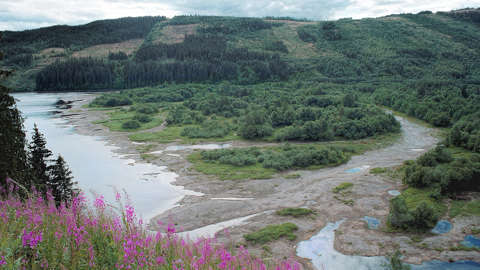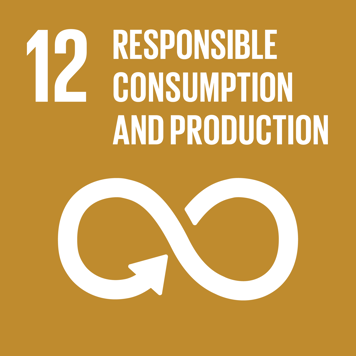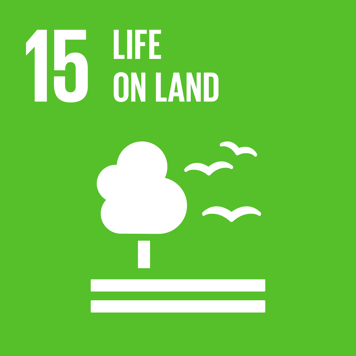How Does the EU’s Biodiversity Strategy Affect Europe’s Timber Supply?

In a new study, researchers examine how different ways of implementing the strategy’s goals for reserve designation and close-to-nature forestry may affect future harvesting levels and the wood-based bioeconomy in the EU.
According to the strategy, 10 percent of land area should be fully protected as nature reserves, and 20 percent should be managed using close-to-nature forestry. This means that forests are managed with methods that mimic natural processes and preserve more of the forest’s natural structure. However, exactly how these areas would be spatially distributed, in different ways within and between member states, has not yet been determined. To find out how different scenarios could affect future forestry, the researchers simulated seven different ways of distributing protected areas and close-to-nature management across EU member states. They also examined how this affects global harvesting and timber trade up to the year 2100.
Here are some of the study’s key findings:
- In all scenarios where the EU invests more in nature protection and close-to-nature forestry, the total harvesting level can still increase.
- In the most evenly distributed scenario, where each member state protects 10 percent and practices close-to-nature forestry on 20 percent of its forest area, harvesting is estimated to increase by 24 percent compared to today. Even within Sweden, it is estimated to increase slightly, but the model used is coarse, so small differences and changes should be interpreted with caution. Furthermore, the EU can continue to be a net exporter of wood products to the global market.
- Even in a scenario aiming to distribute protection representatively among different habitats and also build up green infrastructure, harvesting levels could increase by 20 percent. For Sweden, this would mean a slight reduction in harvesting, but this change should also be interpreted with caution. This scenario would result in future net exports from the EU decreasing compared to today.
- If harvesting within the EU decreases, pressure increases somewhat on forests in other parts of the world – especially in the northern coniferous forest belt, such as Canada and Russia.
– Our research suggests that well-planned implementation of the EU’s Biodiversity Strategy for 2030 regarding reserve designation and close-to-nature forestry has the potential to balance biodiversity conservation and sustainable resource use, the authors summarize the study.
– But forests have more important roles than producing timber, such as mitigating climate change. Therefore, it is important that policy and forestry work to find synergies between different societal interests. Finding and balancing different goals for forests is also a central research field at Skogforsk, says Tord Snäll, who participated in the study.
The study is a collaboration between researchers from several research organizations in Europe, including the International Institute for Applied Systems Analysis (IIASA), SLU Artdatabanken, University of Jyväskylä; Finnish Environment Institute; Natural Resources Institute Finland; Norwegian Institute of Bioeconomy; Norwegian University of Life Sciences.
We will review and publish your comment as soon as possible.



